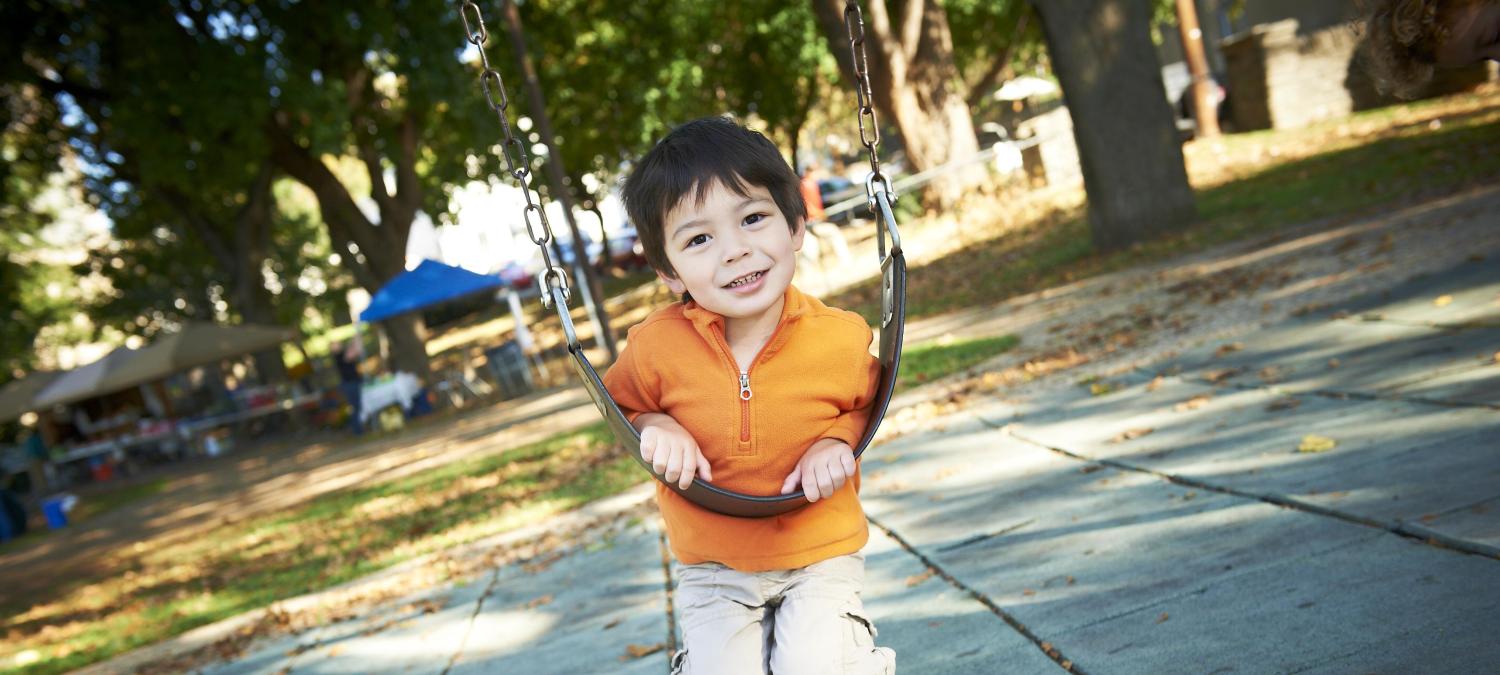

Publications
Search Tips
- Jun 2018
Anorexia nervosa (AN) is a severe psychiatric condition characterized by low body weight, fear of weight gain/becoming fat and/or behavior that interferes with weight gain, and body disturbance. Though there have been recent advances in the treatment of AN, there continues to be an…
- Jun 2018
OBJECTIVES: In this large scale, mixed methods evaluation, we determined the impact and context of early childhood home visiting on rates of child abuse-related injury. METHODS: Entropy-balanced and propensity score matched retrospective cohort analysis comparing children of…
- Jun 2018
Children and adolescents in foster care face signi cantly increased risk of having developmental, behavioral, and mental health issues. Healthcare providers play a critical role in addressing the interplay of complex childhood trauma and toxic stress on the developmental, behavioral,…
- Jun 2018
The prevalence of opioid use during pregnancy is increasing. Two downstream effects are neonatal abstinence syndrome (NAS), a postnatal withdrawal syndrome, and long-term prenatal opioid exposure (LTPOE) without documented withdrawal symptoms in the infant. Mental health…
- Jun 2018
The Ryan White HIV/AIDS Program provides much-needed primary medical care and essential support services for individuals living with HIV who are uninsured or underinsured. Vulnerable populations such as adolescents and young adults are in continuous need of access to Ryan White…
- Jun 2018
The term “transition to adulthood” is used to describe the process that adolescents and young adults (AYAs) with special health care needs experience as they become adults. This process includes not only the often complex transfer of care from pediatric to adult health care systems,…
- Jun 2018
OBJECTIVE: To identify behavioral health provider perspectives on gaps in mental health care for youth with rheumatologic conditions. METHODS: Social workers (n=34) and psychologists (n=8) at pediatric rheumatology centers in the Childhood Arthritis and Rheumatology Research Alliance …
- Jun 2018
Insurers are increasingly adopting narrow network strategies. Little is known about how these strategies may affect children’s access to needed specialty care. We examined the percentage of pediatric specialty hospitalizations that would be beyond existing Medicare Advantage network…
- Satisfaction With the Intrauterine Device Insertion Procedure Among Adolescent and Young Adult WomenJun 2018
OBJECTIVE: To evaluate satisfaction with intrauterine device (IUD) insertion procedures among adolescent and young adult women. METHODS: This secondary analysis of data from a multisite, single-blind, sham-controlled randomized trial of women having a levonorgestrel 13.5-mg IUD…
- May 2018
OBJECTIVE: To evaluate the reliability and validity of the PROMIS Pediatric Global Health scale, a 7-item measure of perceived physical, mental, and social health, in children with asthma. METHODS: From February 2014 to February 2015, convenience samples of children 8–17 years-old (n …